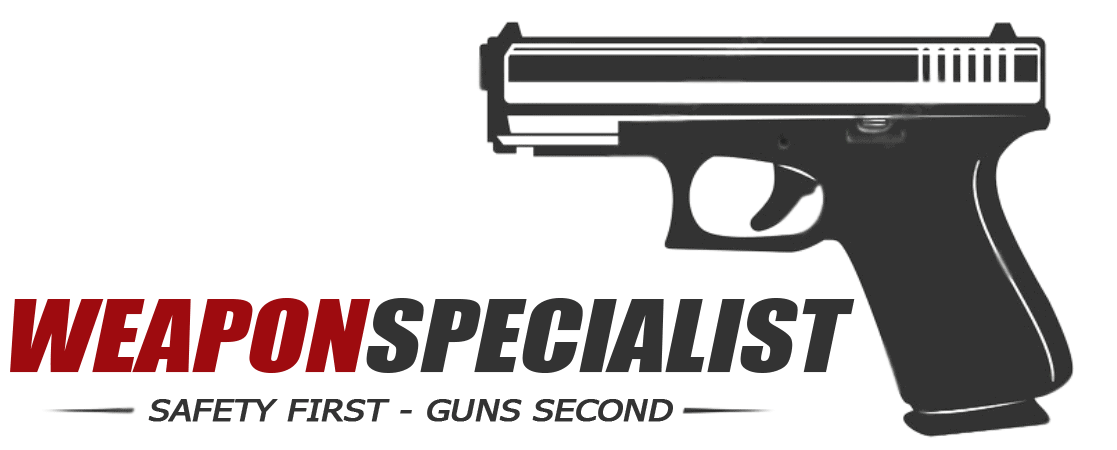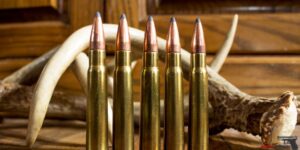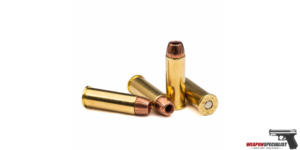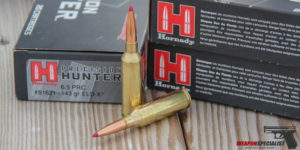If you’re interested in firearms, you may have heard the term “80% lower” thrown around. But what is an 80% lower? Put simply, it’s an unfinished lower receiver for a firearm. The lower receiver is the part of the gun that houses the trigger, magazine well, and other important components.
So why would someone want an 80 lower instead of a completed lower receiver? The answer is simple: it allows for more customization and personalization.
By starting with an unfinished lower, gun enthusiasts can create a firearm that meets their specific needs and preferences. It’s also a popular choice for those who enjoy building their own guns as a hobby.
It’s important to note that while an 80 lower is legal to own and build, it’s subject to the same laws and regulations as any other firearm. This means that it must be serialized and registered if required by law. Additionally, it’s crucial to follow all safety guidelines and laws when building and using a firearm.
What is an 80 Lower?
If you’re new to the world of firearms, you might not be familiar with the term “80 lower.” In short, an 80 lower is a partially completed firearm receiver that is not yet considered a firearm by the ATF. The term “80” refers to the fact that the receiver is only 80% complete, leaving the remaining 20% for the user to finish.
In more technical terms, an 80 lower is a piece of metal or polymer that has been partially machined to the point where it can accept certain components of a firearm, such as the trigger group, magazine well, and fire control group.
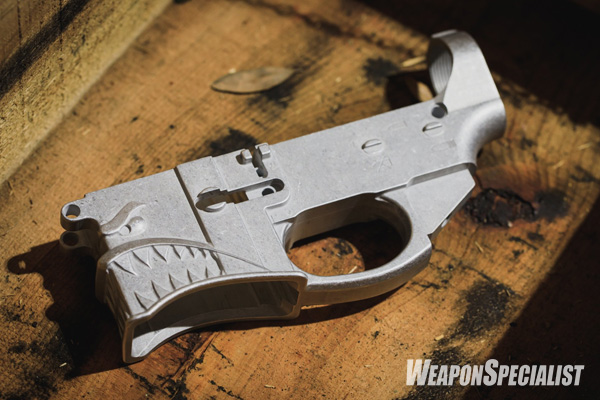
However, it is not yet considered a firearm by the ATF because it has not been fully machined and does not have a serial number.
The concept of the 80 lower originated in response to the 1968 Gun Control Act, which required all firearms to have a serial number and be registered with the ATF.
By creating an 80 lower, gun enthusiasts could legally build their own firearms without having to go through the traditional channels of purchasing a firearm from a licensed dealer.
Over the years, the popularity of 80 lowers has grown significantly, as it allows gun owners to customize their firearms to their liking and avoid the lengthy background check process that comes with purchasing a firearm from a licensed dealer.
However, it’s important to note that building your own firearm comes with certain legal responsibilities and restrictions, and it’s important to do your research and follow all applicable laws and regulations.
[crp]Benefits of an 80 Lower
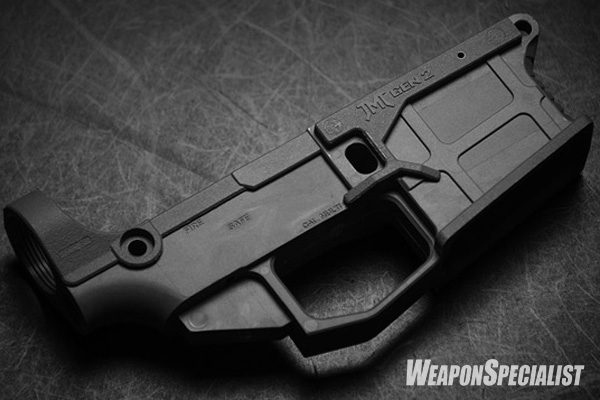
When it comes to building your own firearm, using an 80 lower receiver can provide numerous benefits. Here are just a few:
Cost Savings
One of the biggest advantages of using an 80 lower is the potential cost savings. Since these receivers are not considered firearms by the ATF, they can be purchased without a background check or transfer fee. This means you can avoid the markup that comes with buying a complete firearm or even a stripped lower receiver.
In addition, since you will be completing the machining process yourself, you can save money on the labor costs that would normally be included in the price of a complete firearm.
Legal Considerations
Another benefit of using an 80 lower is the legal considerations. Since these receivers are not considered firearms, they do not need to be registered with the ATF. This means you can build your own firearm without having to worry about the government knowing you own it.
However, it is important to note that there are still laws and regulations that must be followed when building your own firearm. It is important to research and understand these laws before starting your build.
Overall, using an 80 lower can provide numerous benefits for those looking to build their own firearm. From cost savings to legal considerations, it is a great option for those who want to exercise their Second Amendment rights and build their own custom firearm.
Types of 80 Lowers
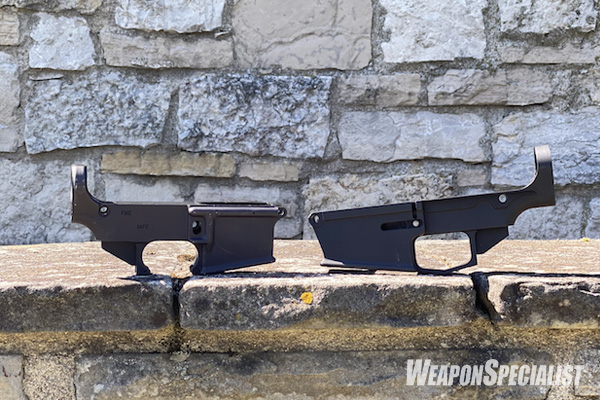
Billet 80 Lower
One of the most common types of 80 lowers is the billet 80 lower. This type of 80 lower is made from a solid block of aluminum and is machined to the desired shape.
Billet 80 lowers are known for their durability and strength, making them a popular choice among gun enthusiasts. They are also available in a variety of colors and finishes, allowing for customization and personalization.
One of the main advantages of a billet 80 lower is its precision. Since it is made from a solid block of aluminum, there is less chance of any imperfections or inconsistencies. Billet 80 lowers are also relatively easy to machine and can be completed with basic tools.
Forged 80 Lower
Another popular type of 80 lower is the forged 80 lower. Unlike billet 80 lowers, forged 80 lowers are made by pressing and shaping a piece of aluminum into the desired shape. This process is known as forging and results in a stronger and more durable 80 lower.
Forged 80 lowers are also known for their affordability. Since they are made using a simpler manufacturing process, they are often less expensive than billet 80 lowers. However, they are also less customizable and are only available in a limited number of finishes and colors.
Overall, both billet and forged 80 lowers have their advantages and disadvantages. It ultimately comes down to personal preference and intended use. As always, it is important to follow all laws and regulations when completing an 80 lower.
How to Build an 80 Lower?
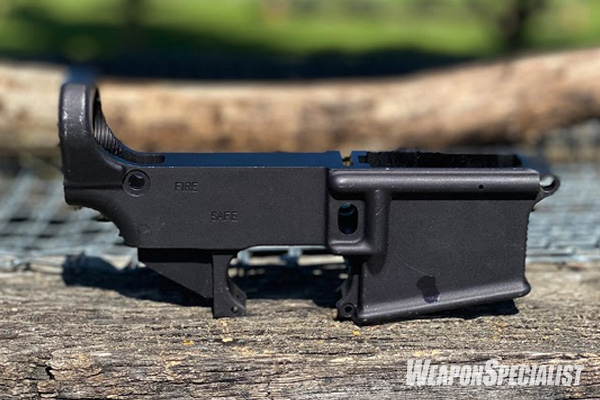
Tools Needed
Before starting the build, we need to gather the necessary tools to make the process easier and more efficient. Here are the tools required to build an 80 lower:
- 80% Lower Receiver
- Drill Press or Milling Machine
- Drill Bits
- End Mill Bits
- Vise
- Clamps
- Safety Glasses
- Ear Protection
Step-by-Step Guide
Building an 80 lower can be a daunting task, but with the right tools and guidance, it can be done easily. Here is a step-by-step guide to building an 80 lower:
- Secure the 80% lower receiver in a vise using clamps to ensure it does not move during the drilling and milling process.
- Wear safety glasses and ear protection before starting the build.
- Using the drill press or milling machine, drill the holes required for the trigger pin, hammer pin, and safety selector.
- Using the end mill bits, mill out the fire control group pocket and trigger slot.
- Double-check all holes and pockets to ensure they are properly aligned and free of debris.
- Install the lower parts kit, buffer tube, and stock onto the 80% lower receiver.
- Install the upper receiver onto the lower receiver.
- Test fire the completed firearm to ensure it is functioning properly.
Building an 80 lower can be a rewarding experience for gun enthusiasts who want to create their own firearm. With the right tools and guidance, building an 80 lower can be done easily and efficiently. Remember to always follow safety protocols and double-check all work to ensure a safe and functional firearm.
Conclusion
Now that we have explored the world of 80 lowers, Weapon Specialist can confidently say that they are a great option for those who want to build their own firearms. With the right tools and knowledge, anyone can complete an 80 lower and have a fully functional firearm.
While the process may seem daunting at first, there are many resources available to guide you through each step. From online tutorials to instructional videos, there is no shortage of information out there to help you succeed.
It’s important to note, however, that building a firearm from an 80 lower is not for everyone. If you’re not comfortable with the process or don’t have the necessary tools, it may be best to stick with purchasing a fully assembled firearm from a licensed dealer.
But for those who are up for the challenge, building a firearm from an 80 lower can be a rewarding experience. Not only do you get to customize your firearm to your exact specifications, but you also gain a deeper understanding of how firearms work and are assembled.
So if you’re looking for a new project or want to try your hand at building your own firearm, consider starting with an 80 lower. With a little patience and determination, you can have a high-quality firearm that you can be proud of.
Last Updated on October 28, 2023 by
